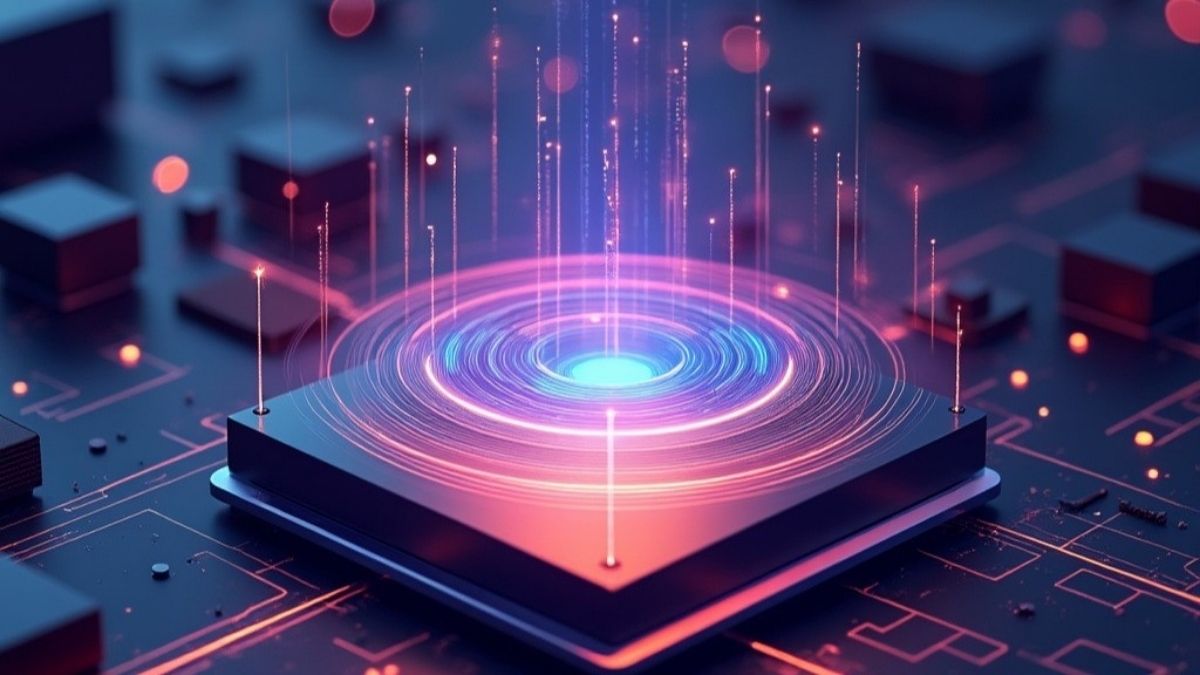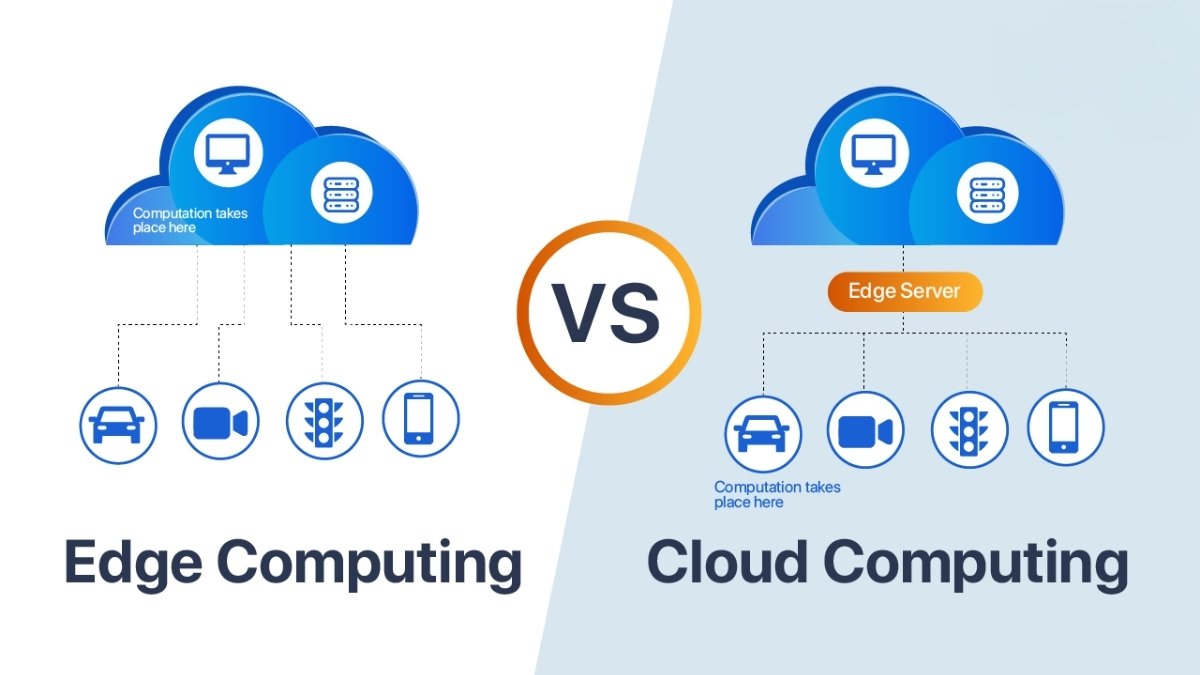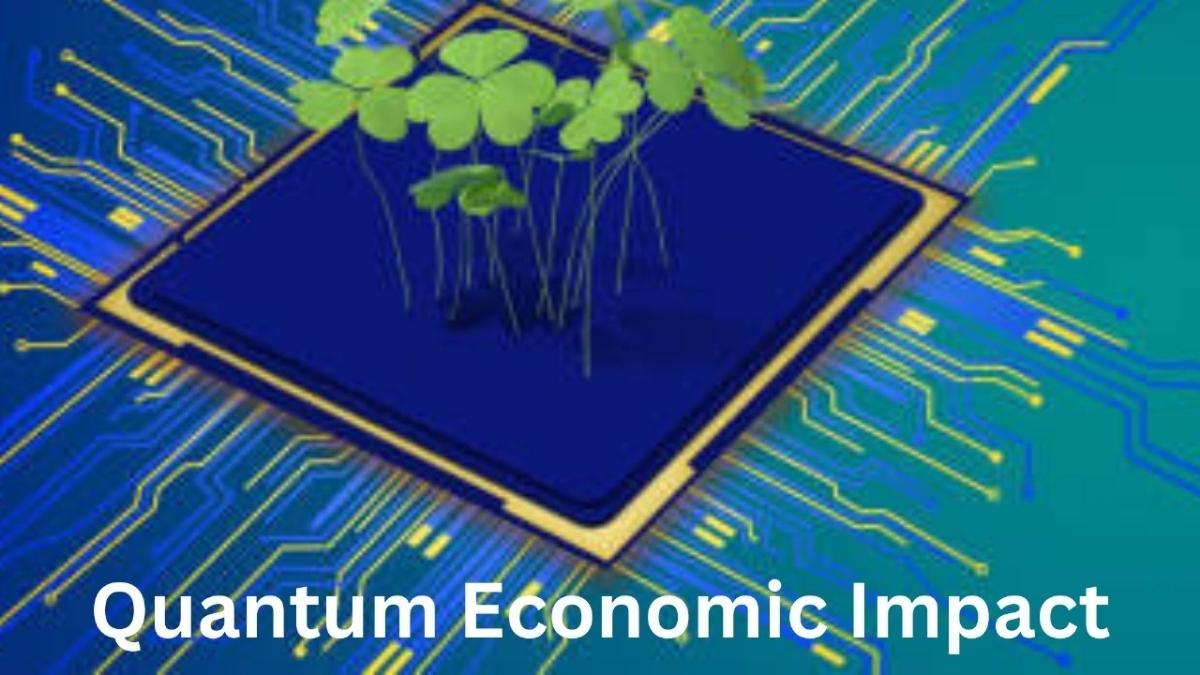The advent of 5G technology is revolutionizing the way we connect and communicate. With faster speeds, lower latency, and improved network capacity, 5G is set to transform industries, enhance user experiences, and pave the way for future technological advancements. In this article, we will explore how 5G is changing connectivity and communication, its benefits, challenges, and its impact on various sectors.
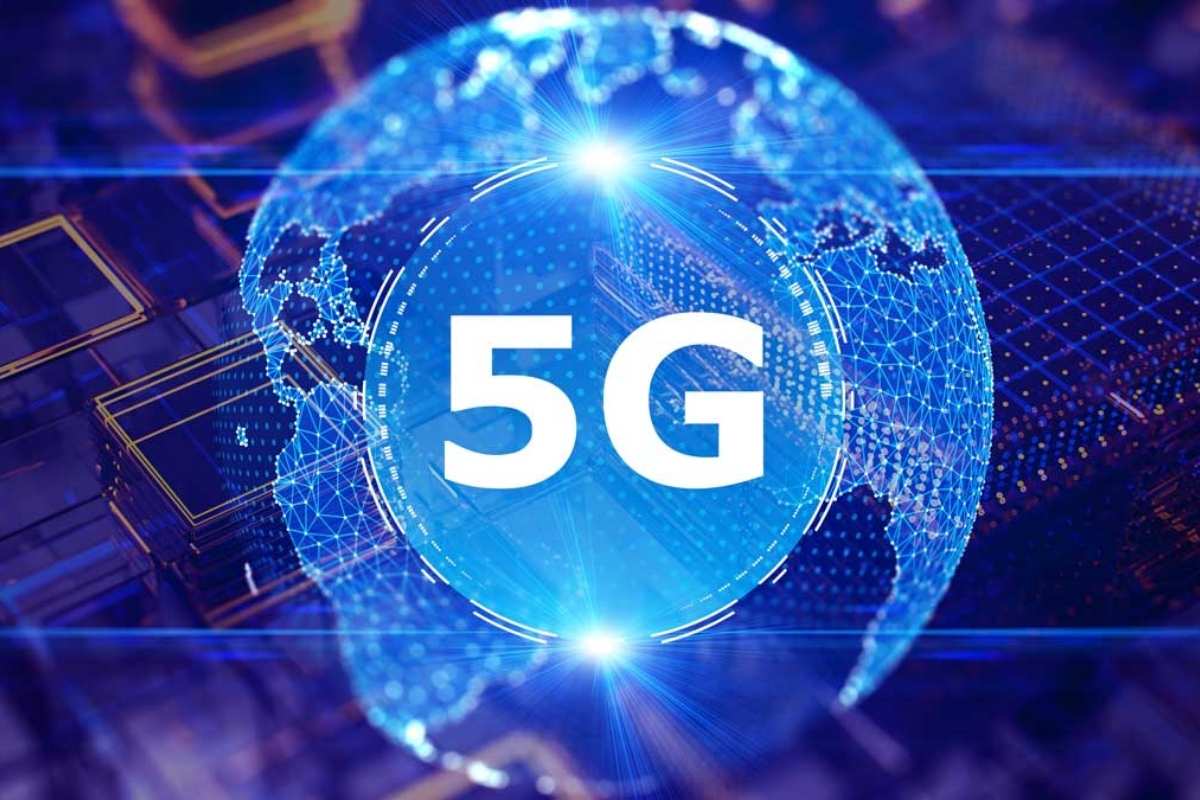
What is 5G Technology?
5G, or the fifth-generation wireless technology, is the latest advancement in mobile networks, succeeding 4G LTE. It is designed to deliver higher speeds, ultra-reliable low latency, and greater network capacity, enabling more seamless and efficient communication.
Key Features of 5G:
- Higher Speeds: Capable of reaching speeds up to 10 Gbps, making downloads and uploads significantly faster.
- Low Latency: Reduces lag to as low as 1 millisecond, crucial for real-time applications like gaming and autonomous vehicles.
- Increased Capacity: Supports more connected devices per square kilometer, ideal for the Internet of Things (IoT).
- Enhanced Reliability: Provides a more stable and consistent connection even in crowded areas.
Read more: Cloud Computing vs. Edge Computing: What’s the Difference?
How 5G is Changing Connectivity
5G is redefining how devices connect and interact, offering unprecedented opportunities for innovation and efficiency.
1. Faster Internet and Streaming Services
With higher bandwidth, users can experience seamless 4K and 8K video streaming, buffer-free video calls, and lightning-fast downloads.
2. Revolutionizing Smart Devices and IoT
5G enables a more robust IoT ecosystem by supporting billions of interconnected devices, from smart home appliances to industrial automation systems.
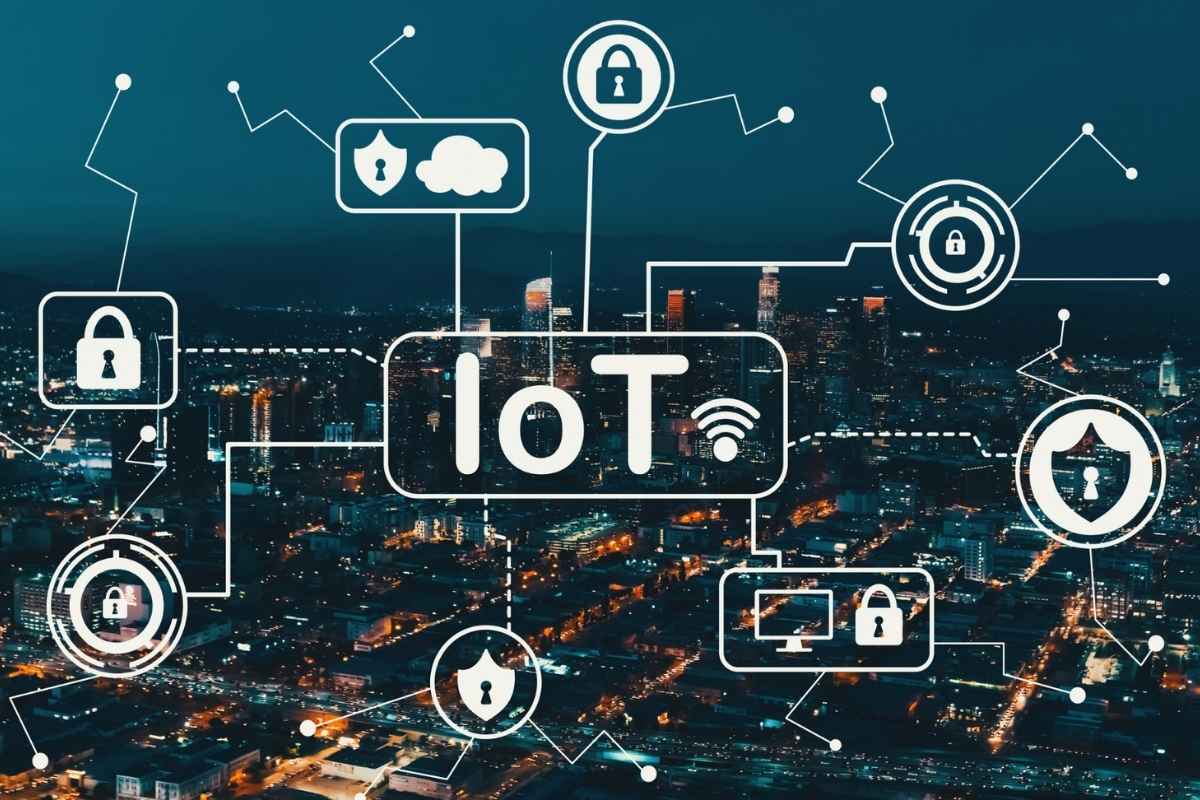
3. Better Mobile Network Performance
Users can expect a significant reduction in network congestion, ensuring stable connectivity even in crowded urban areas or stadiums.
4. Improved Cloud Computing and Remote Work
With faster data transfer rates, 5G enhances cloud computing capabilities, making remote work, virtual collaboration, and cloud gaming more efficient.
How 5G is Transforming Communication
1. Enhancing Real-Time Communication
Lower latency in 5G networks improves the quality of video calls, voice-over-IP services, and real-time collaboration tools.
2. Advancing Augmented and Virtual Reality (AR/VR)
5G enables immersive AR and VR experiences with minimal lag, benefiting industries like gaming, healthcare, and education.
3. Enabling Autonomous Vehicles
Real-time data exchange powered by 5G allows self-driving cars to communicate seamlessly with infrastructure and other vehicles.
4. Supporting Smart Cities
From traffic management to public safety, 5G enhances the efficiency of smart city solutions by connecting various systems in real-time.
Challenges and Limitations of 5G
Despite its numerous advantages, 5G also presents certain challenges:
- Infrastructure Costs: Building a 5G network requires substantial investment in new infrastructure, including small cell towers and fiber-optic networks.
- Device Compatibility: Older devices are not compatible with 5G, necessitating new hardware upgrades.
- Security Concerns: As more devices connect to the internet, cybersecurity threats and data privacy issues become more critical.
- Limited Coverage: 5G is still being deployed, and rural areas may experience slower adoption compared to urban regions.
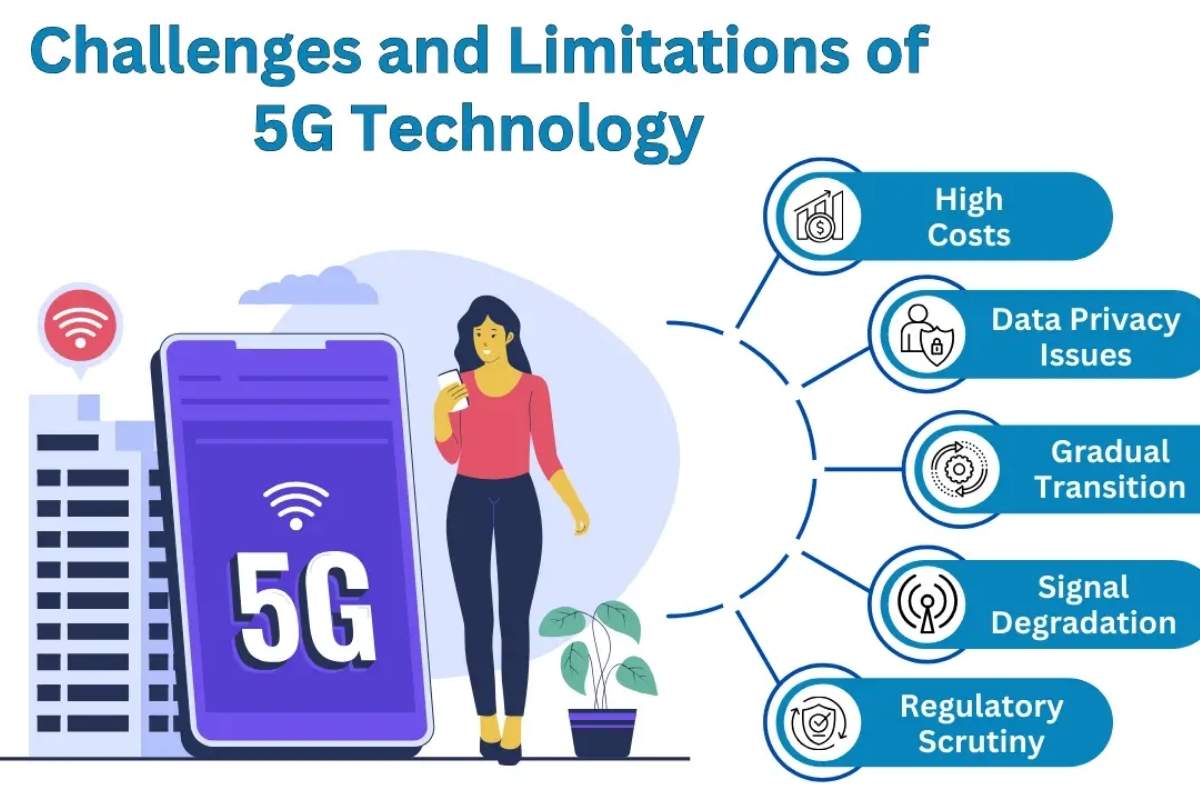
The Future of 5G
As 5G continues to expand globally, its impact will be felt across various industries, including healthcare, manufacturing, education, and entertainment. Future advancements in AI, IoT, and edge computing will further enhance 5G capabilities, making connectivity even more seamless and efficient.
Conclusion
5G technology is reshaping the landscape of connectivity and communication. With its superior speed, low latency, and enhanced capacity, it is unlocking new possibilities for businesses, consumers, and emerging technologies. While challenges remain, the potential of 5G is undeniable, paving the way for a more connected and intelligent future.
